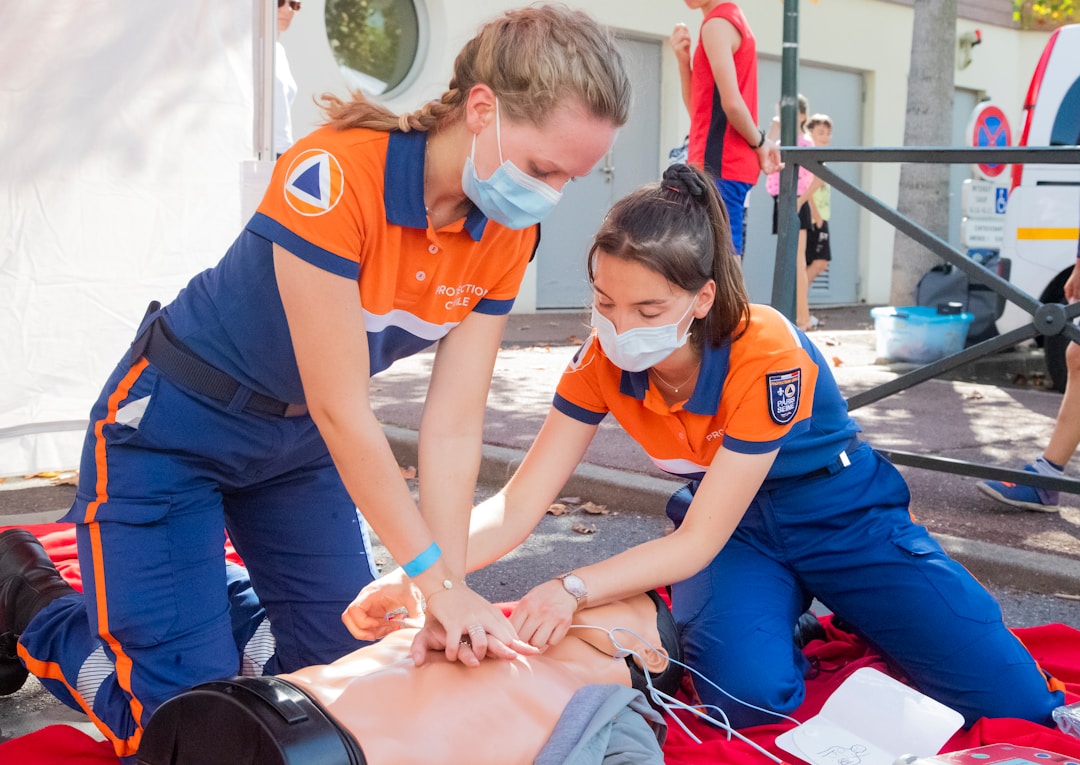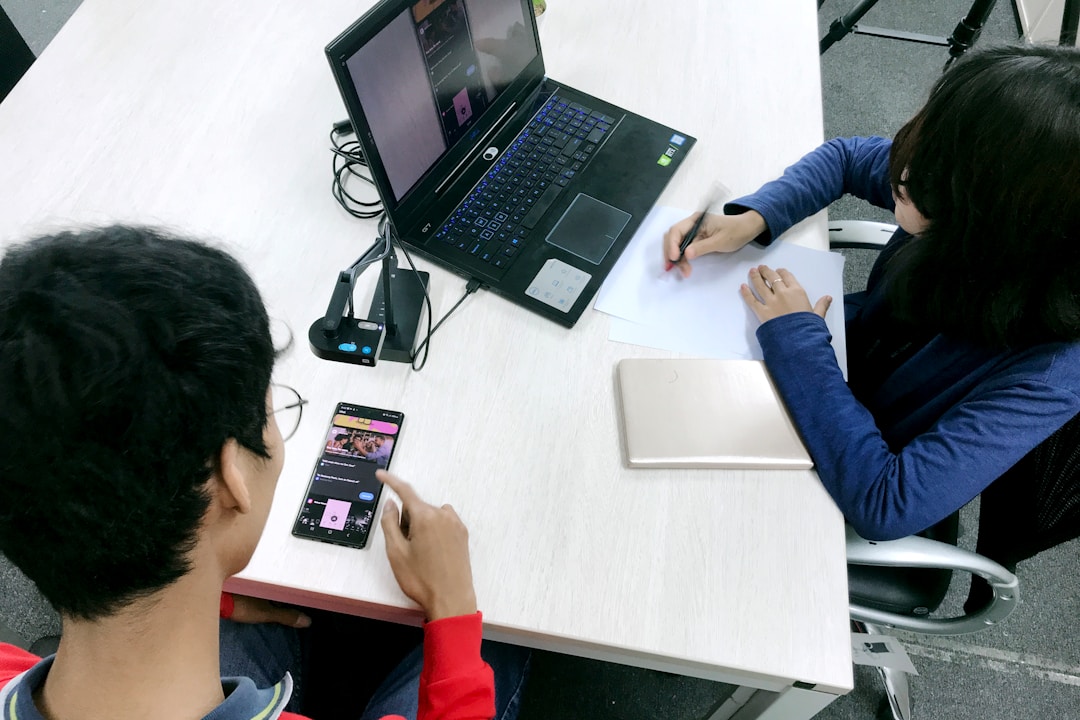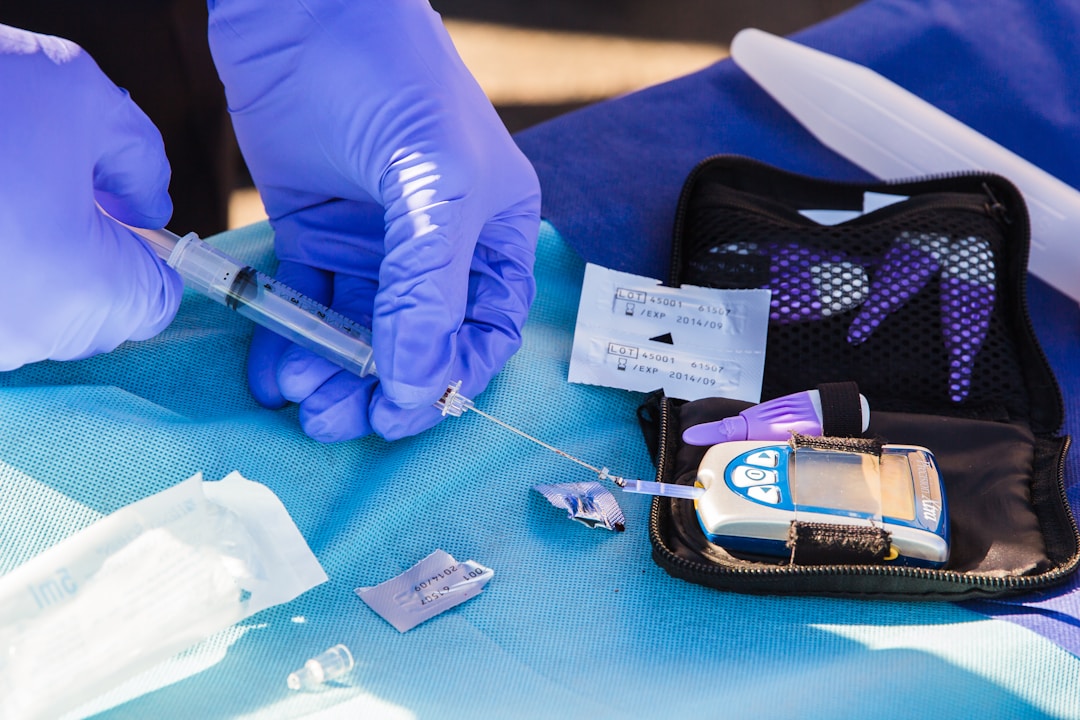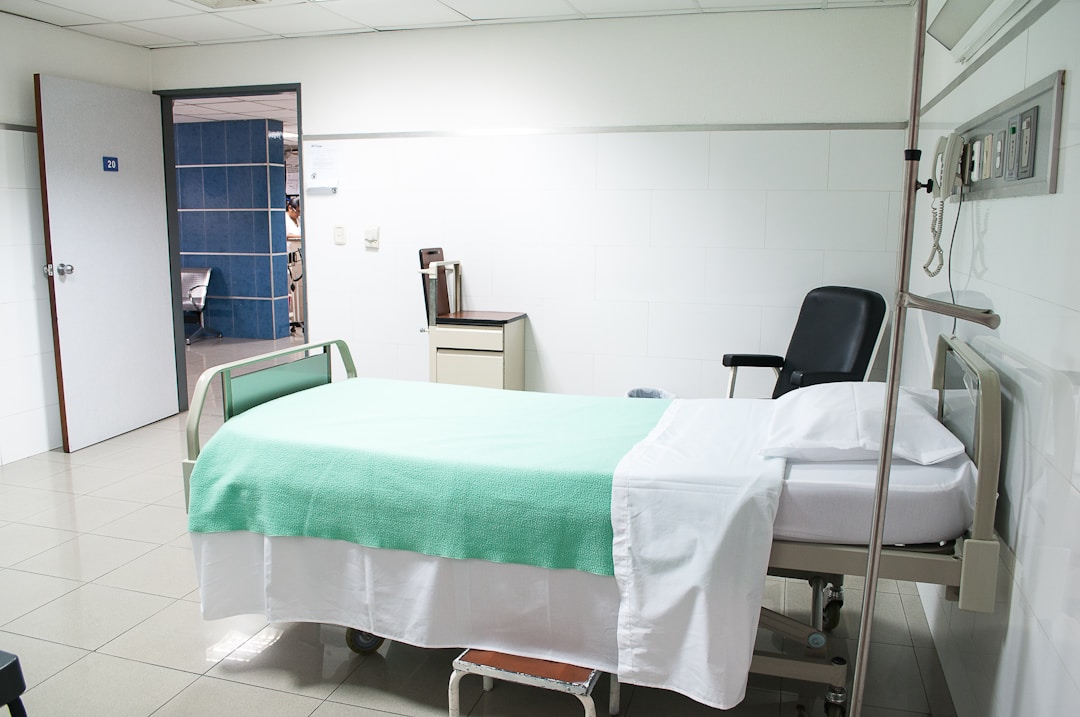ChartFlow Team
No nurse or healthcare professional works alone. That's why we recognize how important it is for students to collaborate with a variety of disciplines before graduation. Increasingly, research is backing up the need for this type of IPE simulation with one study in BMC Medical Education showing that both Nursing and Medical students had an increase in Interprofessional Education Collaborative (IPEC) Competency scores after just one joint simulation.
We've created the scenario below for you to use in an IPE simulation including EMS, CNA, Nursing, NP/PA, OT/PT, and Medical programs.
🚑 Pre-Hospital: EMS
If your school is lucky enough to have a simulated ambulance, use ChartFlow’s template patient, Nancy Strokewell, to begin a comprehensive IPE scenario. Read the patient description aloud to students as if you’re dispatch. When they arrive on scene, they should find a patient actor with left sided weakness, difficulty speaking, and confusion.
After completing a head-to-toe assessment including the stroke scale, any interventions should be done before and during transport. Students can physically deliver the patient on a gurney to the simulation center if possible and complete a verbal report to the next group of students who will be providing care.
All findings and interventions should be charted in ChartFlow’s Run Report, which can also be used during a classroom 'run review' the following day.

🥼 Medical

For simulation centers that include M.D. programs, the scenario can continue after EMS hand-off. Medical students can enter notes, physician orders, and complete all necessary interventions.
In this case, assessing and prepping the patient for tissue plasminogen activator (tPA) administration may be appropriate.
Additionally, if nursing students are available during the same time, they can join the scenario which will allow both groups to practice identifying their role on a healthcare team and communicating effectively.
💊 Nursing
For schools without a medical program, use our template, Nancy Strokewell #2, which already has physician orders and notes. Nursing students can review the orders before doing a head-to-toe assessment and creating a care plan.
With their plan in place, students should demonstrate all relevant interventions (for example, initiating IV fluids) on a manikin. Because all charting is safely saved in ChartFlow, it can be used to review what was done during a post-scenario debrief.

🏥 CNA / Nursing Assistant

Not only are CNAs the least likely group to be invited to IPE simulations, but they’re also the most reliant on other professionals to complete their daily tasks. So let’s get them involved! Have nursing students do a shift change report when the CNAs arrive.
Nursing Assistants should be able to review the orders section and identify tasks that relate to them (for example, NPO means this patient should not receive a tray of food during dinner and regular vital signs need to be recorded). If a nursing student is available in the simulation lab, he or she can be utilized for clarification as needed.
🩺 Outpatient: Physician Assistant and Nurse Practitioner
Patient care doesn’t stop at discharge! That’s why we have an outpatient chart specifically for office visits. Nancy will need extensive follow up care to monitor her progress and tweak her prescriptions over time.
Future Nurse Practitioners and Physician Assistants can enter/edit medications as well as record referrals just as they would in real life.

⚕️ OT / PT / Speech Therapy

Those referrals bring us to ChartFlow's future features. We're currently improving our PT charting and working on new flowsheets for OT and Speech Therapy. This will allow students to see the patient’s history and create a therapeutic plan.
Stroke recovery is a long road and will require Occupational or Physical therapy to address physical weakness in addition to speech therapy for any speech and swallowing concerns.
Let us know if you're interested in helping develop this content—we'd love to hear from you!
-The ChartFlow Team
More posts like this






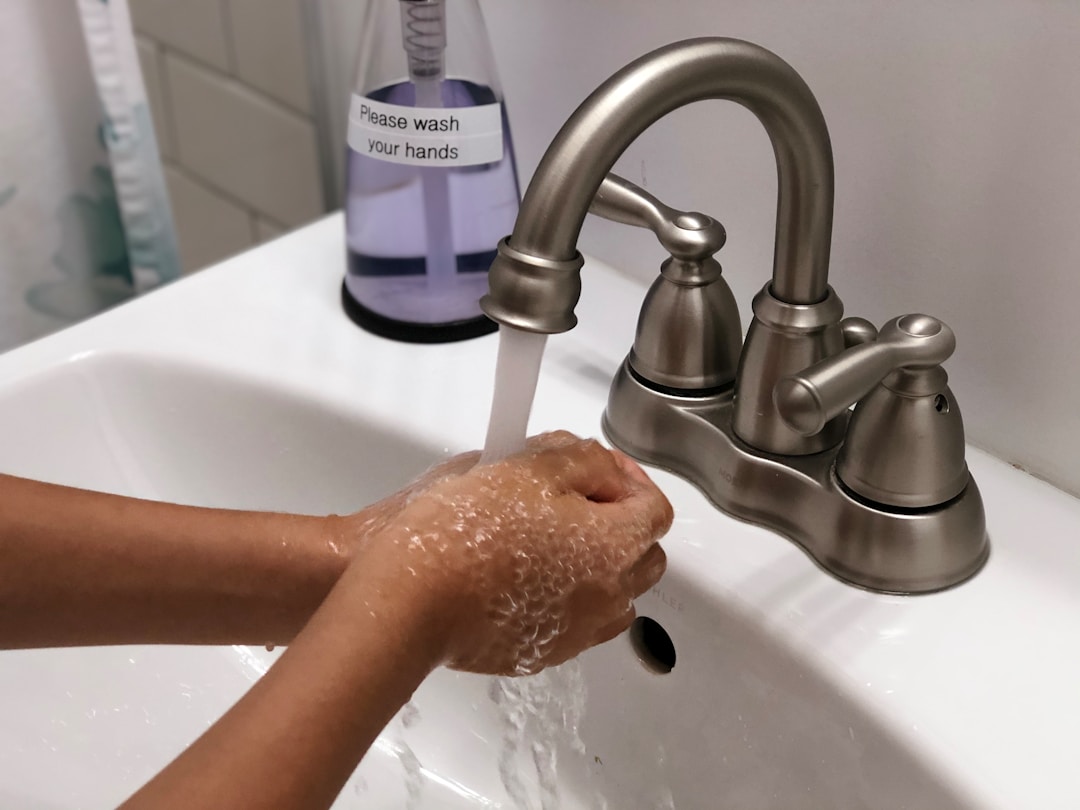



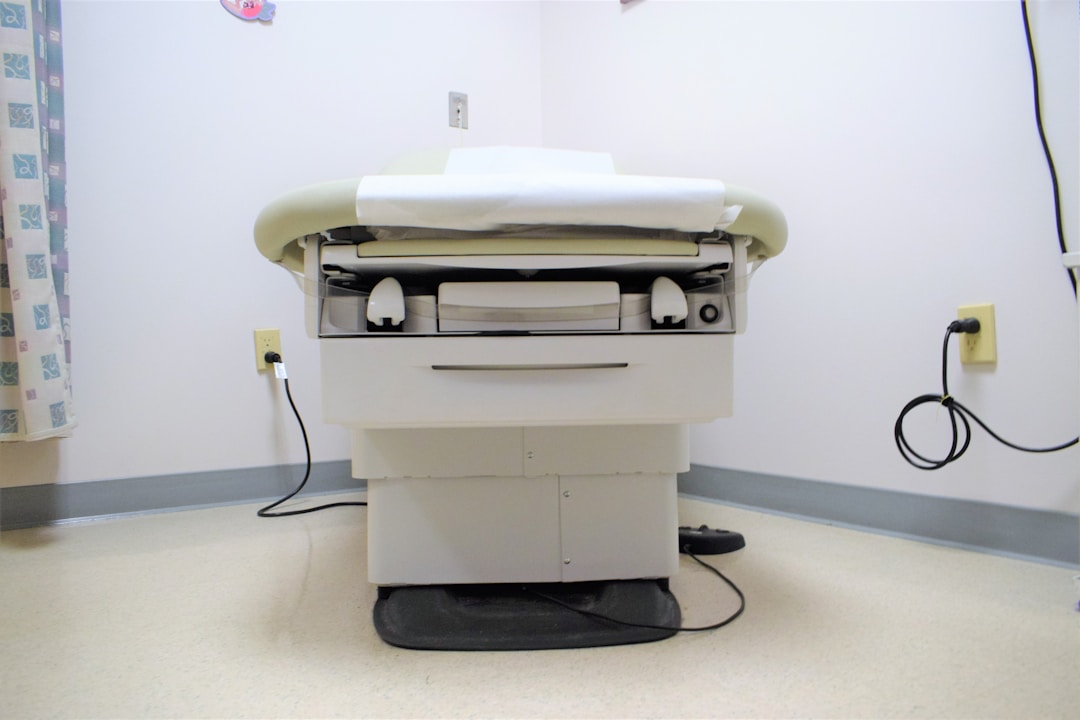
_(2)/w=1080,quality=90,fit=scale-down)




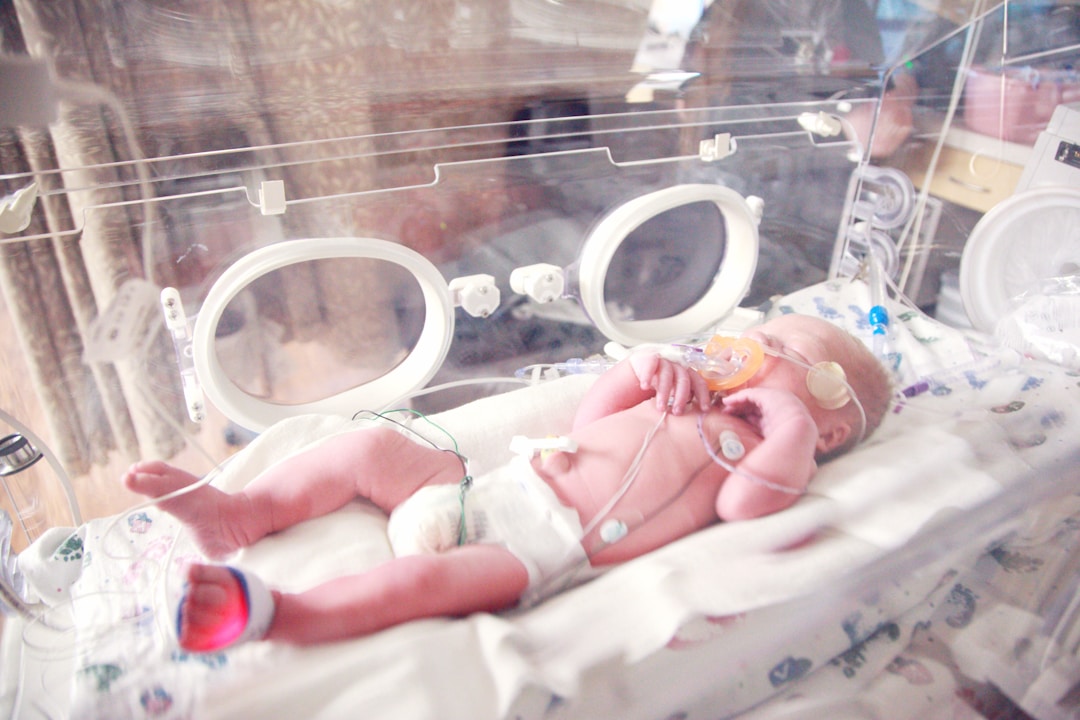



/w=1080,quality=90,fit=scale-down)






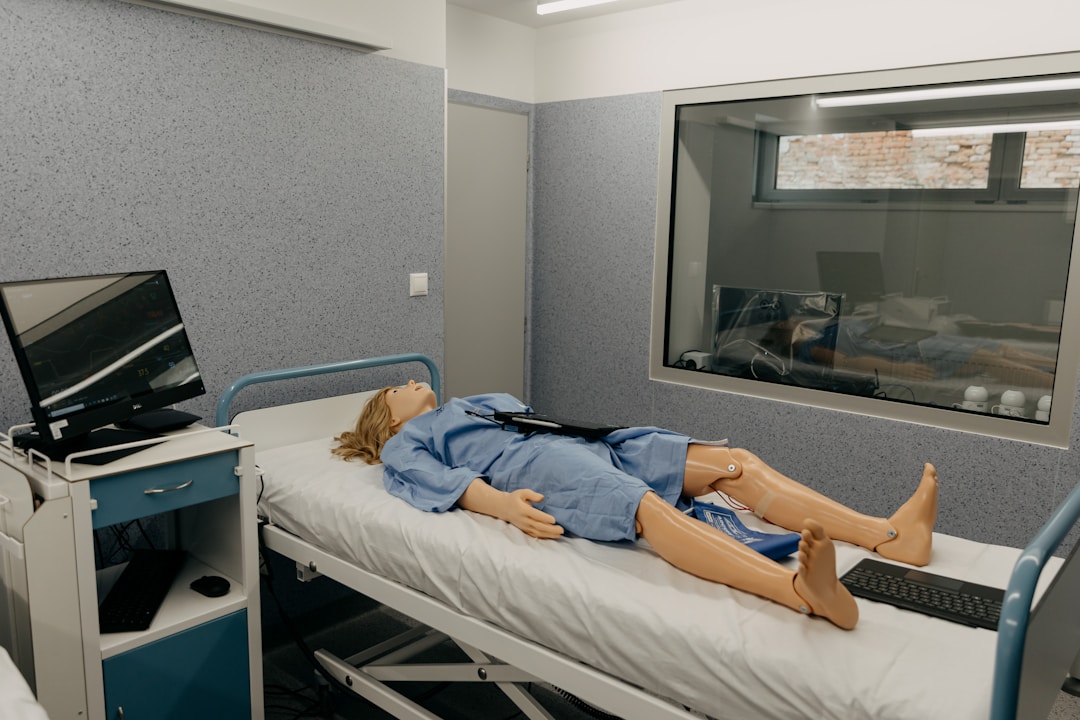



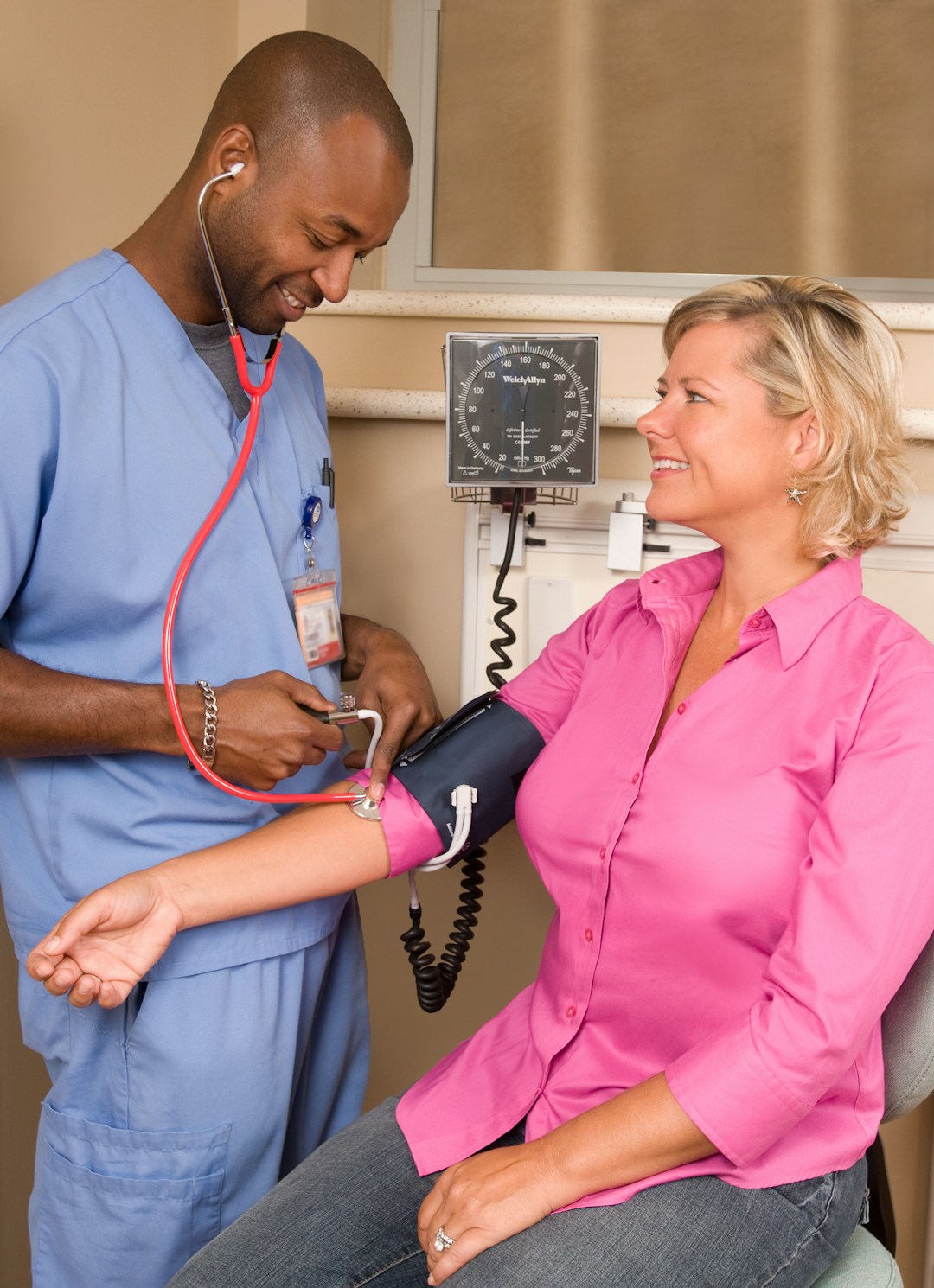



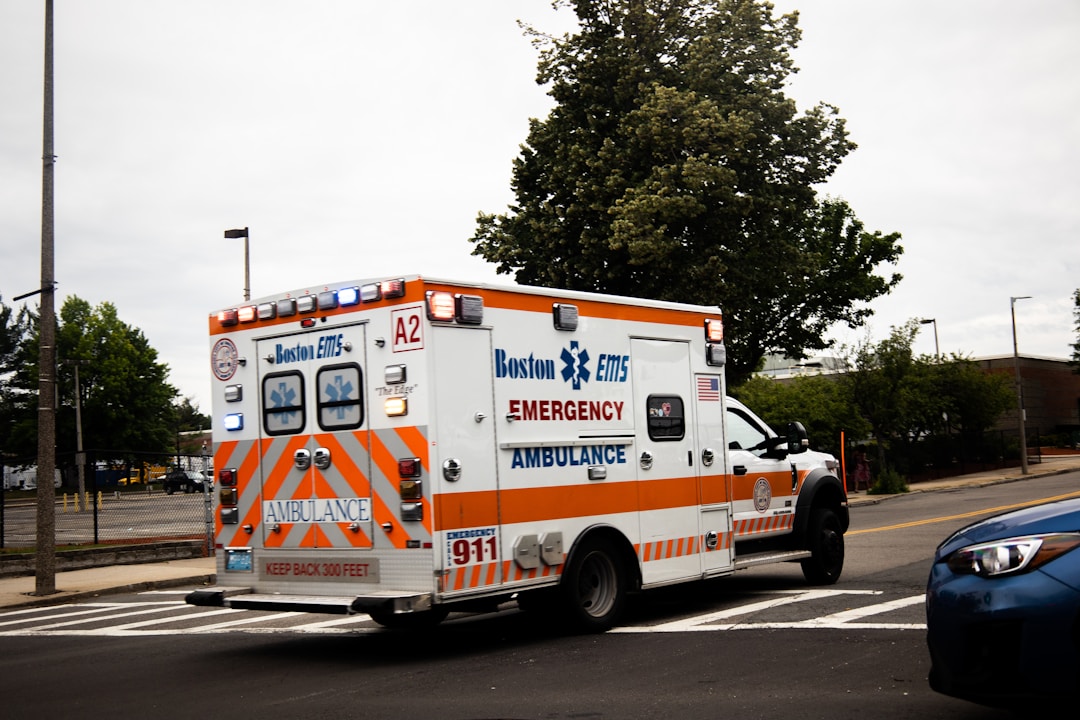


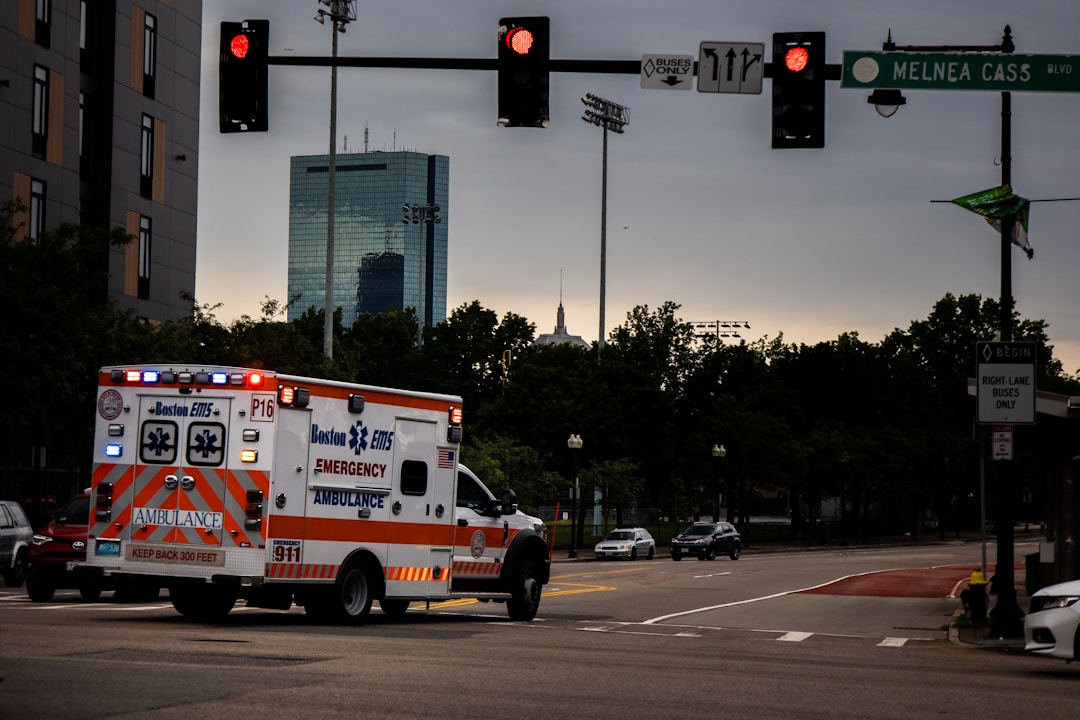
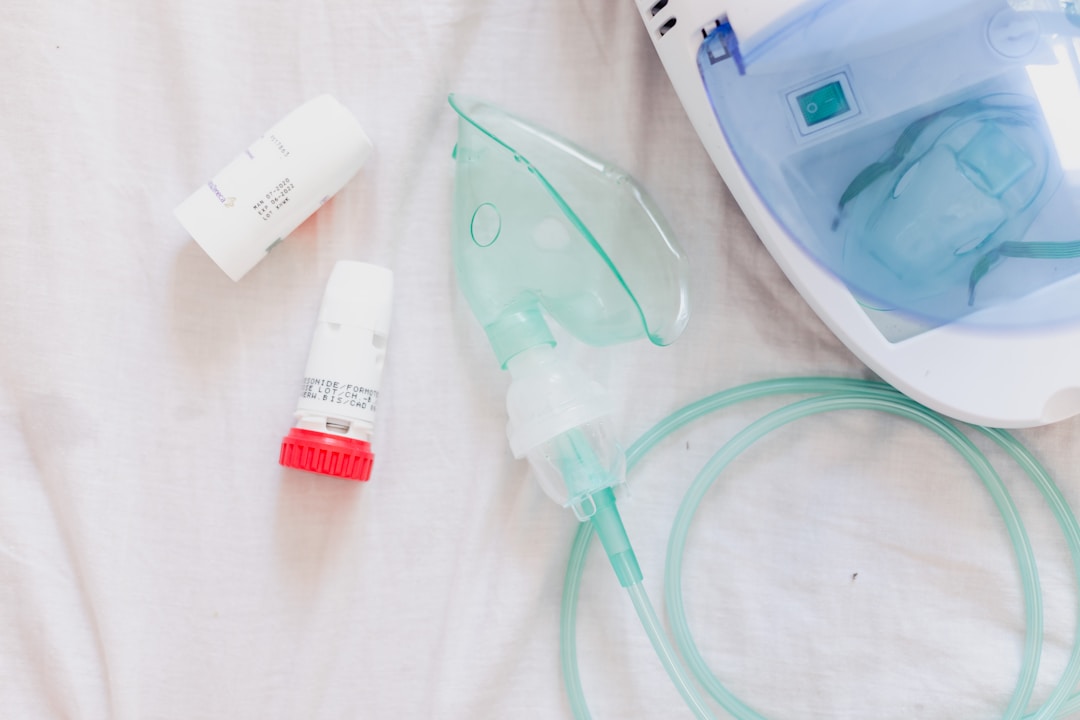

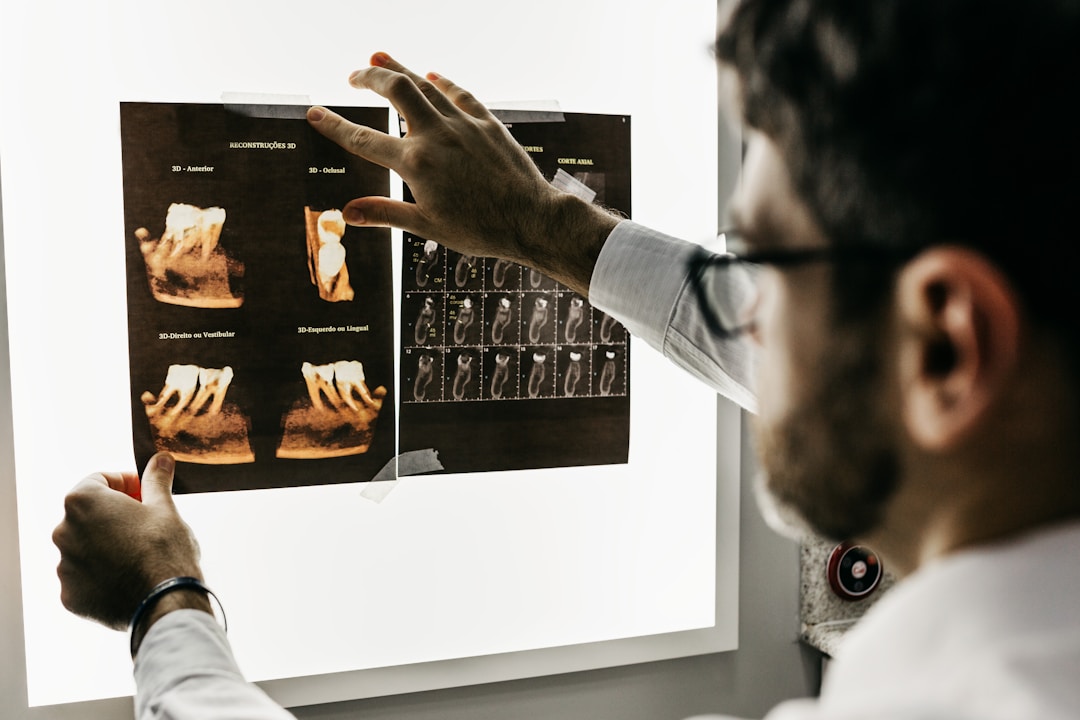
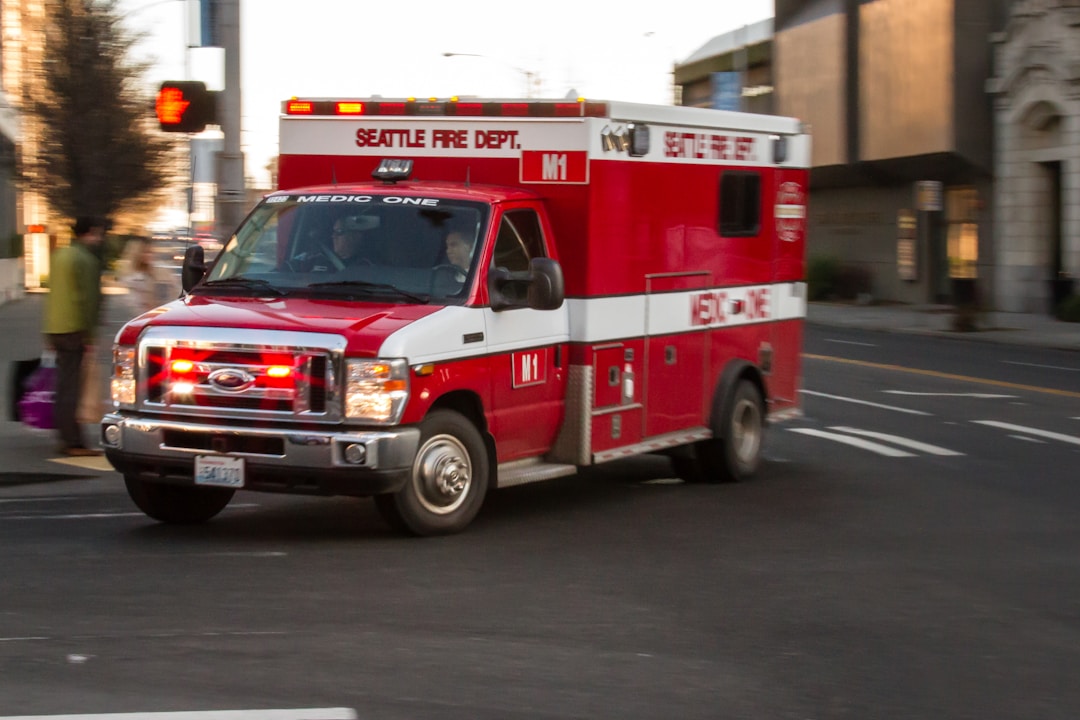
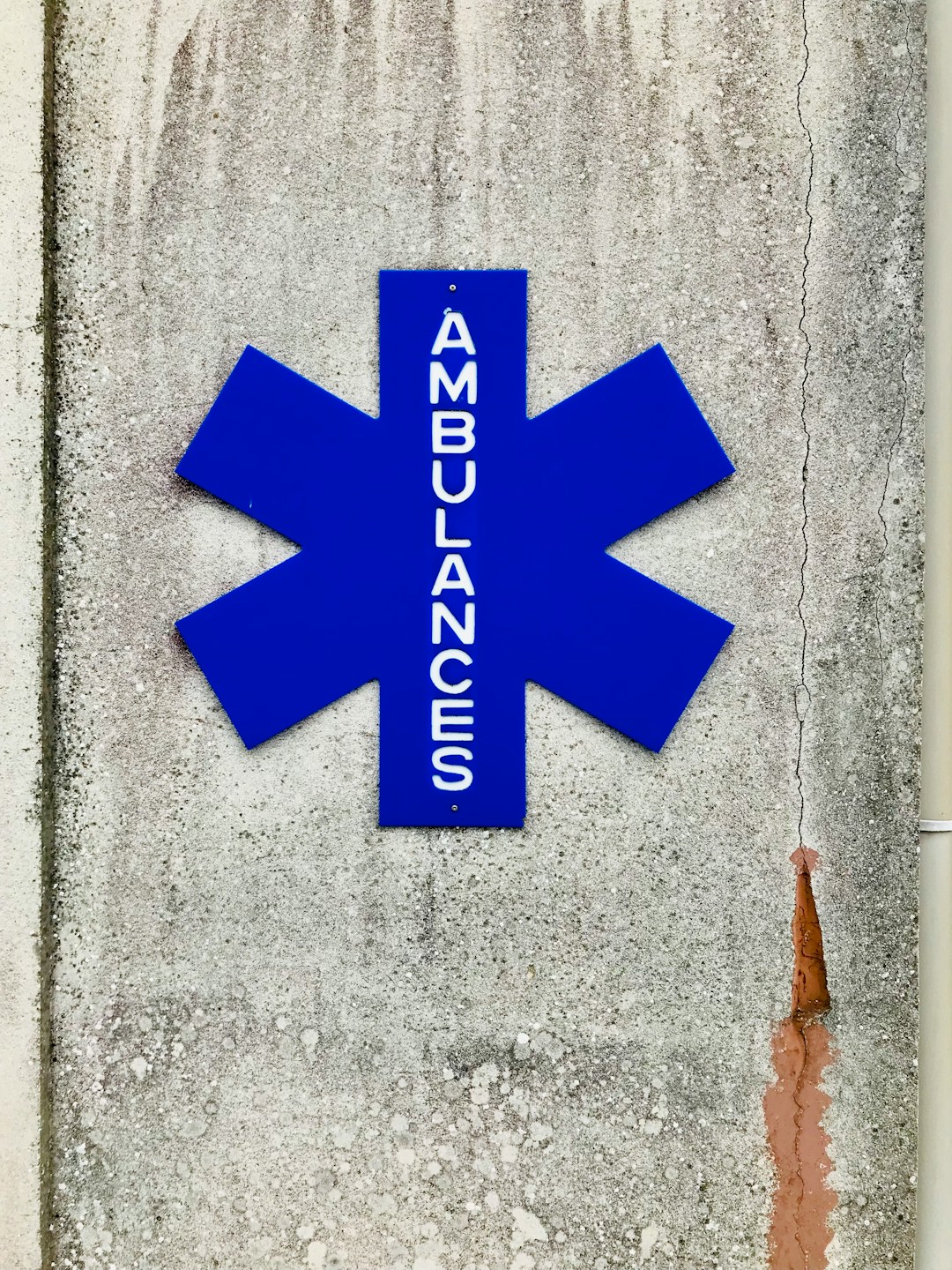





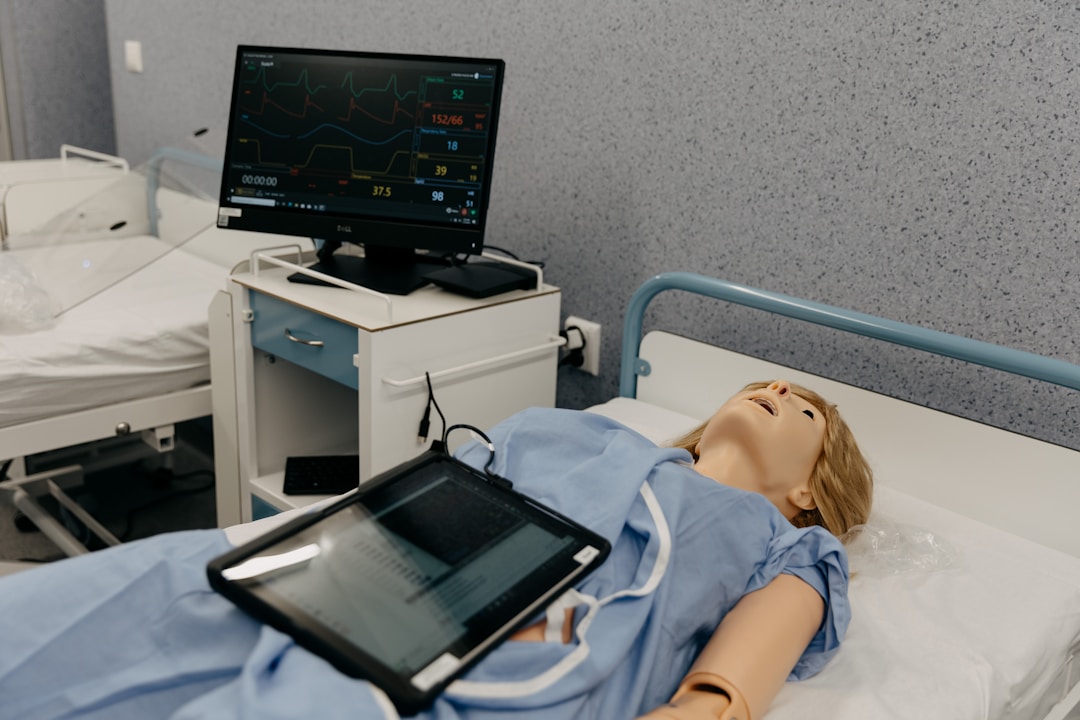



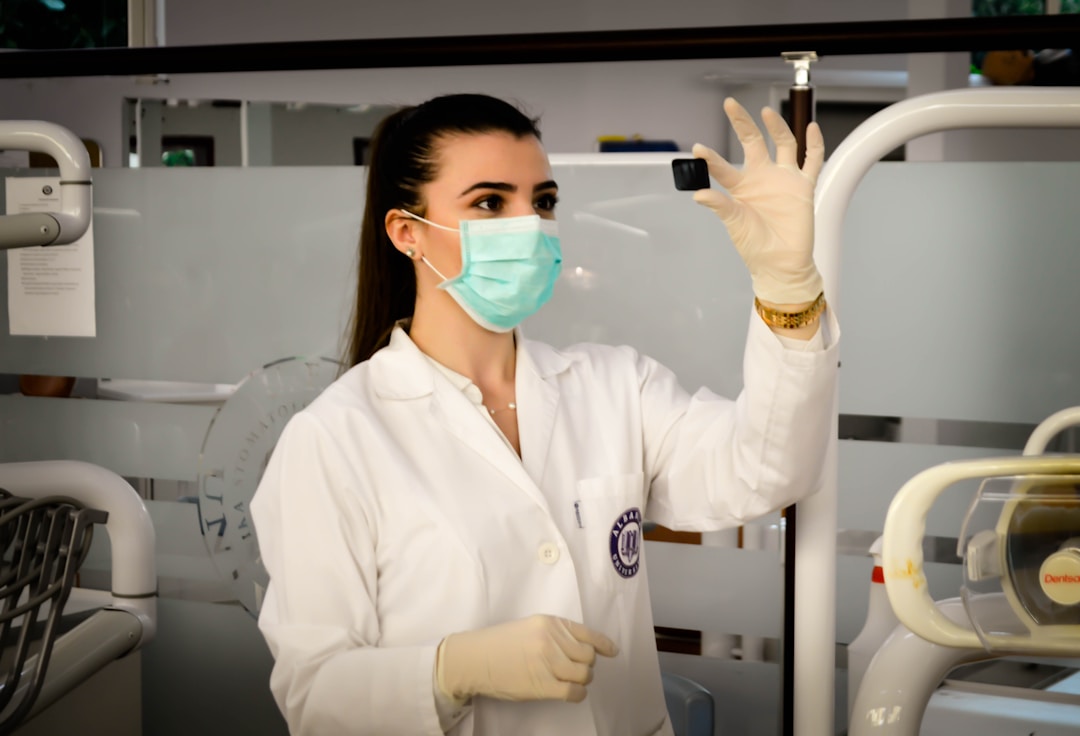







/w=1080,quality=90,fit=scale-down)
_(1)/w=1080,quality=90,fit=scale-down)









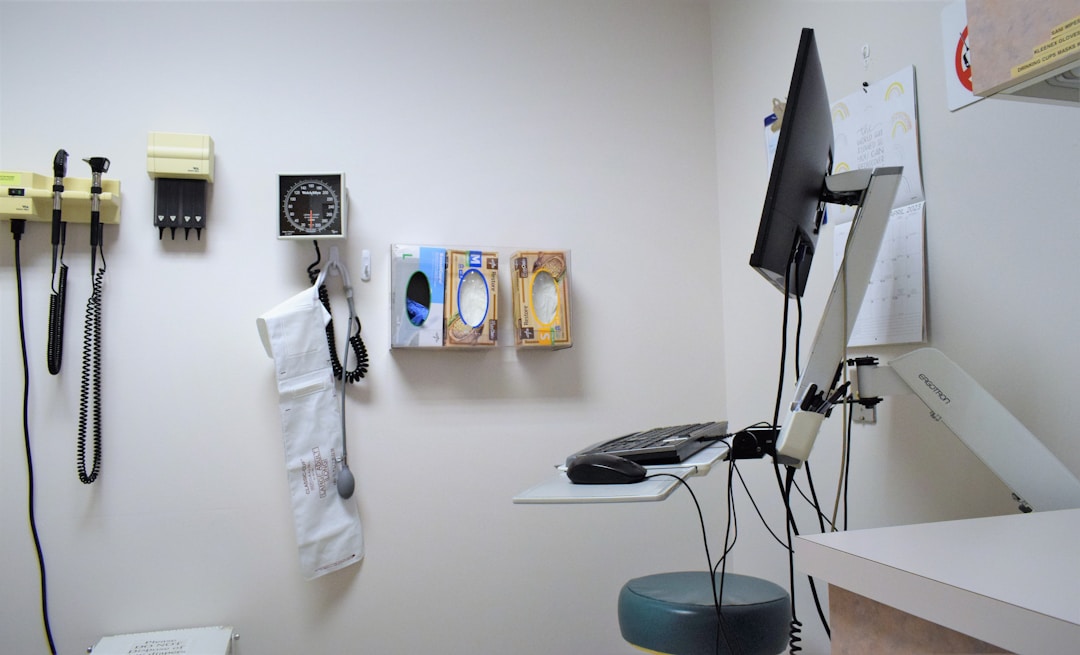



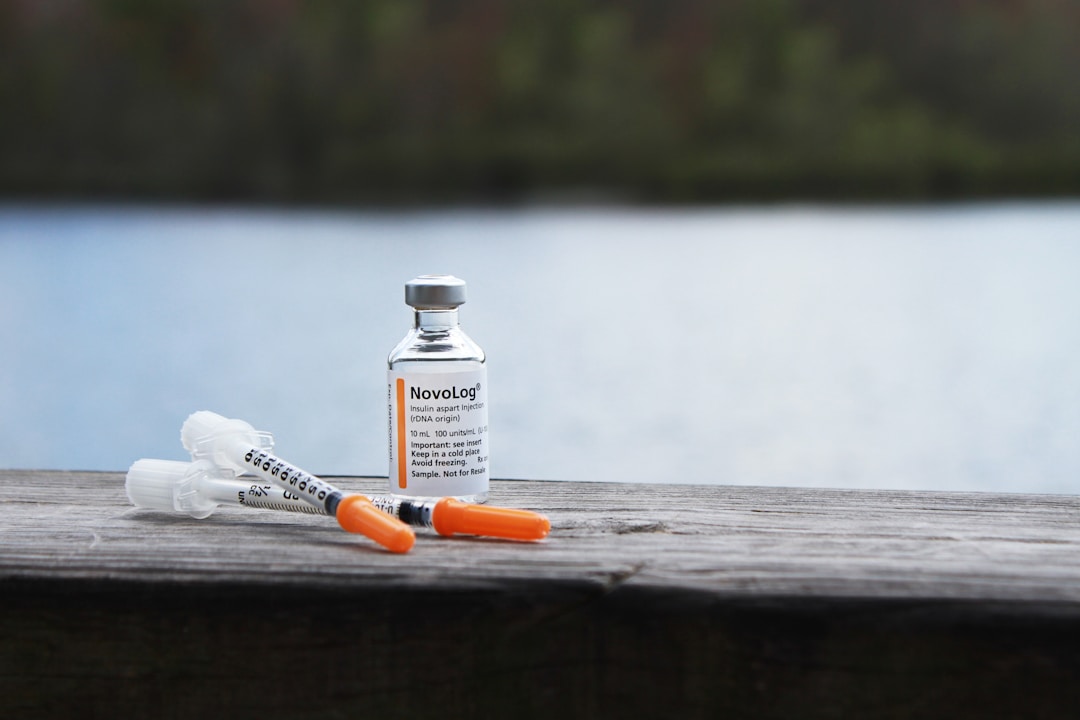
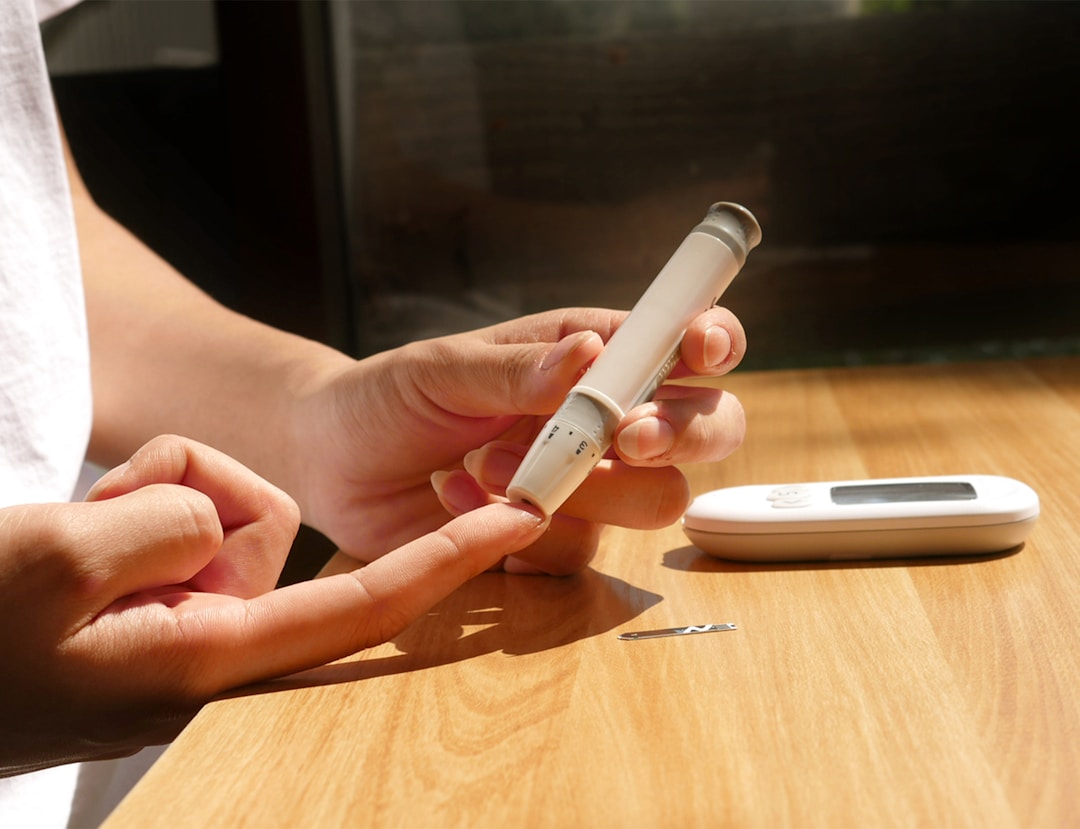








/w=1080,quality=90,fit=scale-down)







